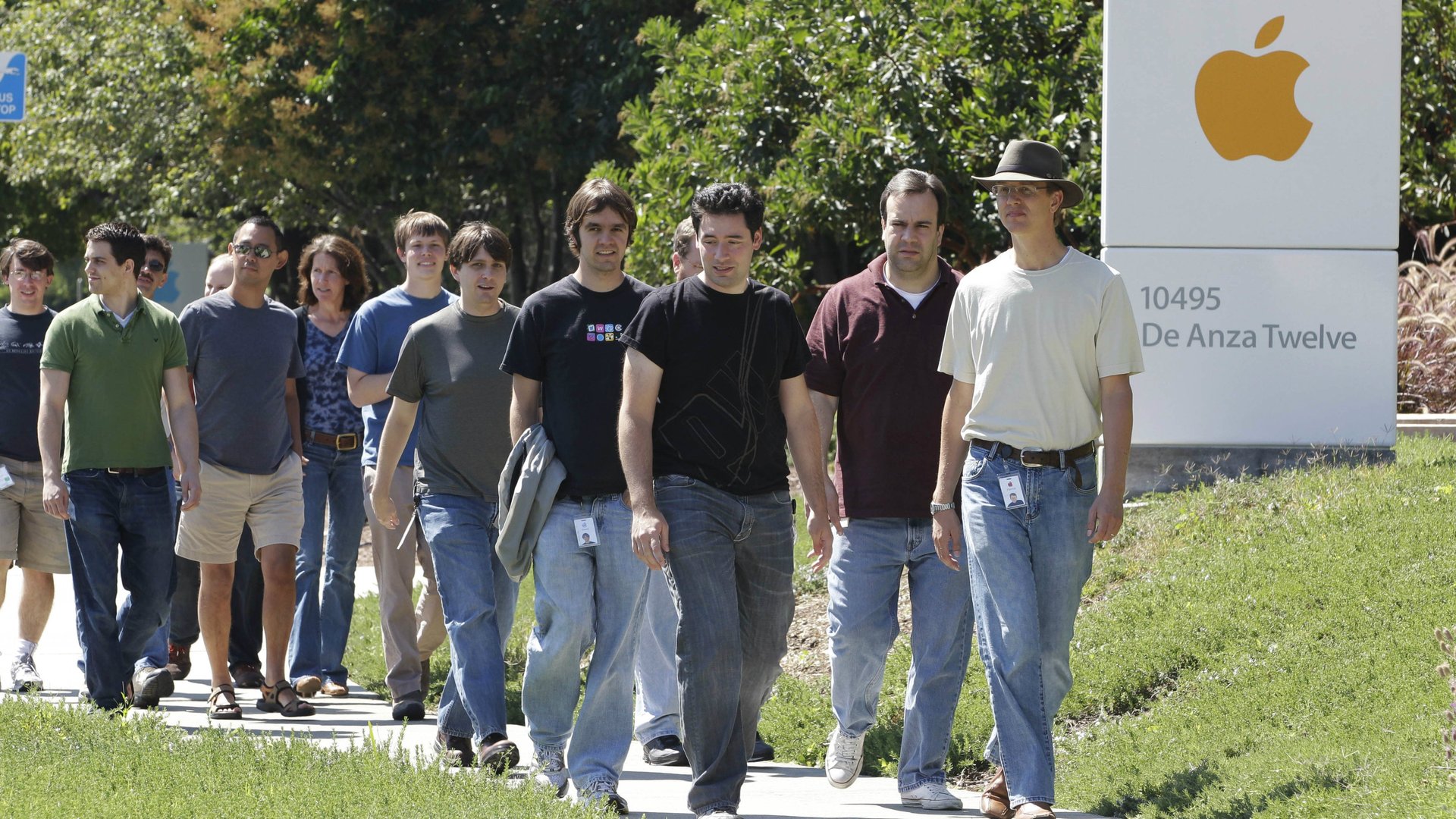It’s not enough to keep saying Silicon Valley has a diversity problem—we have to get specific
If we continue saying “Silicon Valley has a diversity problem” without getting specific, how will we ever know what to address?


If we continue saying “Silicon Valley has a diversity problem” without getting specific, how will we ever know what to address?
When I published a post on Medium about my experiences as a black male looking for a job in Silicon Valley, the last thing I expected was for it to get as much attention as it did. It’s not a secret that Silicon Valley has serious issues with diversity—Facebook’s recently-released diversity report proves that hiring practices still have a very long way to go. But the response to my personal perspective on hiring discrimination is a reminder of just how much that issue continues to resonated with people from all walks of life. Indeed, many of the issues and anxieties that underrepresented people encounter are universal, as is the desire to address them.
Maybe it’s a parent expected to go out for drinks after work despite family obligations, or an LGBTQ person weighing an offer that provides unequal pay or benefits, or a person who realizes that their dream job is an impossibility given the prohibitive cost of moving to San Francisco. These are the people on the margins—forced out, or not let in at all. Diversity is important, but especially so in the corporate and tech world. It’s not a coincidence that diverse teams perform better.
When I criticize industry practices, I do so in the hopes that I will help further the conversation on technology’s diversity problem. To do this, we must continue to talk about the systems and mindsets that lead to such a homogeneous culture. Practices like relying on referrals for new hires, or offering unpaid internships and temporary contract positions might seem beneficial to a company’s bottom line, but in actuality they dramatically reduce and limit the pool of candidates for any job opening.
The good news is there are discernible strategies that could help. We can start by supporting underrepresented people, whether that’s monetarily or simply by considering whose voices we amplify on social media. When scheduling a conference, include speakers of all backgrounds, even if that means looking for experts outside of your network. If you don’t believe that’s possible, just look at conferences like AlterConf, Tech Inclusion, and XOXO.
Honesty and transparency are essential. I still see many influential tech companies refusing to publicly acknowledging there’s a diversity gap at all. Reading something as simple as, “We know diversity in technology isn’t where it needs to be, and we want to fix that,” on a job posting goes a long way for candidates who notice the job’s employee page doesn’t feature any people who look like them.
We also need to examine hiring practices and benefits for evidence of hidden biases. If you’re willing to hire someone and pay a tech-industry salary, I have to believe that offering a small relocation credit is worth your long-term investment. (To me, that seems much more valuable than an in-office ping-pong table or fully stocked fridge.)
Finally, support your current employees. I’m able to speak up because I know my employer, Big Cartel, stands with me. I don’t have to worry that speaking out will negatively impact my employment status. But that’s not always the case. How many voices are quieted because they don’t have that privilege?
Right now, there are people in your company who care about this. Deeply. Ask yourself if there are ways to give them a platform. Extend an invitation to involve them in discussions about diversity if they’re interested. (If they’re not, respect that decision, too!) This is about opportunity equality for all. This is about building companies that better represent the diverse world we live in. The only way meaningful change will take place is if those underrepresented people are empowered to contribute to the conversation. That starts by those in positions of power — CEO’s, hiring managers, conference organizers — making diversity a priority, and not another checkbox.